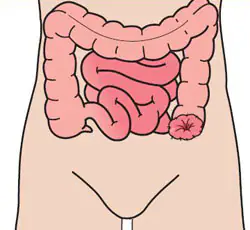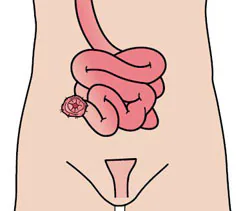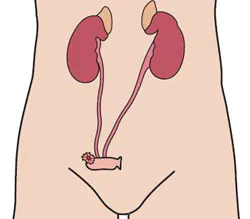


Yahui Medical's future goal is to become a "high-quality and cost-effective" brand in the field of "ostomy bags and accessories", focusing on the following initiatives:




Yahui has been my lifesaver at work! I had back-to-back 5-hour meetings, and the bag stayed secure. The low-irritation adhesive didn't bother my sensitive post-surgery skin at all. The ultra-thin 0.2cm film is completely invisible under a shirt, and my colleagues didn't notice anything unusual. The best part is the filter; any odors disappeared after eating hotpot, making social situations stress-free!
I was caught in a sudden downpour while hiking, and other brands would have leaked long ago, but Yahui held up for 3 hours! The thickened anti-leakage layer and honeycomb flow guide design kept everything in place, and my skin was still dry when I removed it later. Now I even dare to swim with it; the adhesive becomes stickier when wet. A must-have for fitness enthusiasts!
The nighttime model I bought for my dad is such a relief! The fluorescent scale lines make it easy to check at night, and the super-elastic waistband doesn't dig into his stomach all night. In the morning, the baseplate is still intact without any peeling. The customer service also taught us the "peel and stick" technique, which is so simple for the elderly to handle on their own. No more needing help from neighbors in the middle of the night.
After surgery, I had severe hyperplasia around the ostomy and tried 8 different ostomy bags, all of which caused allergies. Yahui's medical-grade hydrocolloid is amazing! It fits like a second skin, and the 3D cut-out perfectly avoids the scar. After two weeks of use, the redness completely disappeared, and now I dare to wear crop tops!
Early morning classes are a joy with Yahui! The mini version fits into my hoodie pocket without any bulk, and the magnetic closure design allows me to change it with just one hand. I can sit in the library all day without any bulging. The best part is the detachable storage pouch, which I can clip onto my gym pants during PE class. Youth should be carefree!
I've used over 20 brands clinically, and Yahui has the most professional details! The moldable baseplate can adapt to 5 different ostomy shapes, and the adjustable exhaust valve allows patients to control tightness. Feedback shows an 80% reduction in leakage. The newly launched luminous标识款 is a game-changer for nighttime ward rounds; no more fumbling in the dark to find switches. It's a hit among medical staff!
Key clients







Choose color style